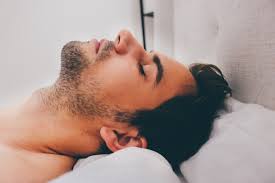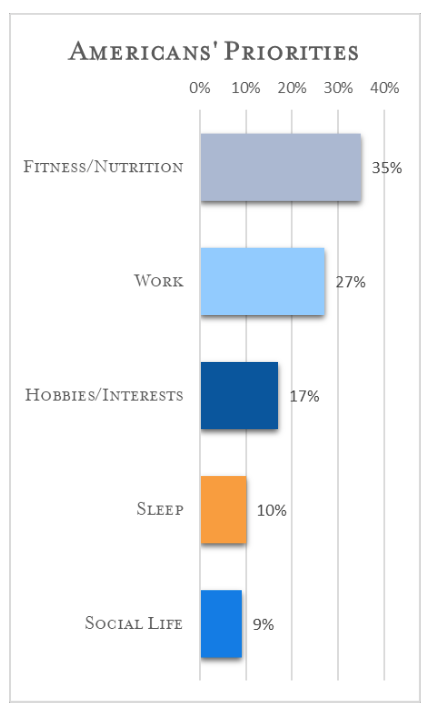The quality of your sleep is directly related to how you feel and function the next day, and in general. This is widely known, yet it's a small minority of American adults who factor decision-making about how to get enough sleep into their regular routine.
What's more, an individual's sleep position – on one's back, stomach or side – significantly affects a person's sleep quality and duration. But this, too, is mostly overlooked by the sleep-deprived who would surely want to get a better night's rest.
A recent survey by the National Sleep Foundation found that nearly 2 in 3 adults (65 percent) "think sleep contributes to next day effectiveness." That's a good percentage, but it could be higher. At the same time, however, just 10 percent of individuals "prioritize it over other aspects of daily living," such as work, fitness, nutrition and personal interests. In other words, we know what we should be doing to get essential sleep – but we pay little attention to do what's necessary to achieve it.
 When it comes to the sleep positions we gravitate towards, the one that's best for the body – face up, on one's back – is used by a very small slice of Americans. It's the healthiest because "sleeping on your back allows your head, neck, and spine to rest in a neutral position. This means that there’s no extra pressure on those areas, so you’re less likely to experience pain," according to the sleep.org, a part of the National Sleep Foundation, or NSF.
When it comes to the sleep positions we gravitate towards, the one that's best for the body – face up, on one's back – is used by a very small slice of Americans. It's the healthiest because "sleeping on your back allows your head, neck, and spine to rest in a neutral position. This means that there’s no extra pressure on those areas, so you’re less likely to experience pain," according to the sleep.org, a part of the National Sleep Foundation, or NSF.
Provided that you don't suffer from sleep apnea, which the Mayo Clinic describes as a "potentially serious sleep disorder in which breathing repeatedly stops and starts," back sleeping is healthiest – but only 8 percent of adults avail themselves of it.
The worst sleep position? Face down, on one's stomach. That's because it can cause back and neck pain since the spine is under pressure and somewhat contorted. "Plus, stomach sleepers put pressure on their muscles and joints," adds sleep.org, "possibly leading to numbness, tingling, aches, and irritated nerves." The good news here is that just 7 percent of adults sleep this way. But if you're one of them you should strongly consider making a change.
The NSF reports that 41 percent of adults sleep in the fetal position. Everyone else chooses to sleep on their side, just not curled up.
But even though adults, for the most part, know that sleep is essential, the large majority fai l to plan enough time for shut-eye.
l to plan enough time for shut-eye.
"Despite its importance, sleep is not top of mind for most people in prioritizing their personal activities," as evidenced in the responses gathered from over 1,000 people surveyed. Asked to rank their activities by priority, "10 percent pick sleep, compared with 35 percent for physical fitness and nutrition, 27 percent who select their work and 17 percent who cite hobbies and personal interests. Nine percent pick their social life."
Adults between the ages of 26 and 64 should get 7 to 9 hours of sleep each night, according to NSF recommendations. Those 65 and older should get 7 to 8 hours each night.
What many people frequently overlook is that the proper amount of nightly sleep is essential to ward off illness and maintain overall good health. Meanwhile, lack of sleep is linked to a myriad of significant health problems.
"Sleep is involved in healing and repair of your heart and blood vessels," according to the National Heart, Lung, and Blood Institute, a department of the National Institutes of Health. "Ongoing sleep deficiency is linked to an increased risk of heart disease, kidney disease, high blood pressure, diabetes, and stroke. Sleep deficiency also increases the risk of obesity."

